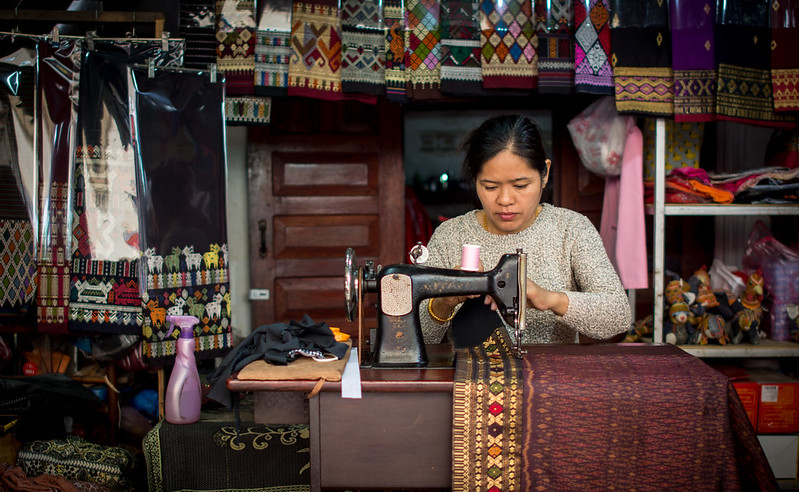 In Laos, a Southeast Asian country, an ongoing challenge affects its socio-economic landscape: the gender wage gap. Women in Laos face significant wage disparities compared to their male counterparts. According to the United Nations Population Fund (UNFPA), women in Laos only earn around 77% of what men earn. The Lao government has been making steady strides towards narrowing the gender wage gap in Laos in recent years.
In Laos, a Southeast Asian country, an ongoing challenge affects its socio-economic landscape: the gender wage gap. Women in Laos face significant wage disparities compared to their male counterparts. According to the United Nations Population Fund (UNFPA), women in Laos only earn around 77% of what men earn. The Lao government has been making steady strides towards narrowing the gender wage gap in Laos in recent years.
Understanding Laos’ Gender Wage Gap
Several factors contribute to the gender wage gap in Laos. One significant factor is the concentration of women in low-skill sectors such as informal employment, where wages are typically lower and job security is precarious, according to UNFPA. Women also often face barriers to career advancement and leadership positions due to the unequal nature of family care and responsibilities placed on them. In Laos, women make up only 21.9% of Parliament. The disparity is more present in rural areas, with entrenched traditional gender roles and limited access to education and employment opportunities. This in turn exacerbates poverty among women.
Closing the Gap
Recognizing the importance of addressing the gender wage gap and women’s poverty, the Lao government has implemented various initiatives aimed at promoting gender equality and empowering women in the workforce. One such initiative is the Fourth National Plan of Action on Gender Equality, which the government renewed in 2021 to mainstream gender perspectives into national policies and programs.
Under this strategy, the government has introduced measures to improve access to education and vocational training for women, enhance women’s participation in decision-making processes, and eliminate discriminatory practices in the labor market. The government also has taken further steps to enact legislation to promote equal pay for equal work and strengthen enforcement mechanisms to address wage discrimination.
Before the renewal of the Fourth National Plan of Action on Gender Equality, The Third National Plan of Action on Gender Equality achieved several significant milestones in advancing gender equality and women’s rights from 2016 to 2020. For instance, the government allocated education funding for 1,200 students, with approximately 78% of the recipients being girls. Additionally, the government provided training to 563 underprivileged students in rural areas, with approximately 69% of the participants being girls. As a result, the number of students enrolled in vocational institutions increased by 5,420 between 2015 and 2016, with female students making up approximately 41% of the total enrollment. The Fourth National Plan of Action on Gender Equality aims to build upon these achievements and further advance gender equality in Laos.
The Role of Empowerment
In addition to governmental efforts, non-governmental organizations play a crucial role in addressing the gender wage gap and reducing women’s poverty in Laos. One notable example is the Lao Women’s Union, a grassroots organization that works to empower women and promote gender equality across various sectors.
The Lao Women’s Union significantly contributed to the increase in female elected officials in the 2016 8th National Assembly Election. The Union actively promoted the importance of gender balance in political roles to the Lao citizens. Consequently, there was a notable 2.9% rise in the number of women elected compared to the previous 7th National Assembly Election, according to the Fourth National Plan of Action.
Another key organization that has contributed significantly is The Asia Foundation. The Asia Foundation is an international non-profit organization that has been collaborating with Laos since 1958. In 2011, The Asia Foundation announced a scholarship for women undergoing education in Science, Technology, Engineering and Mathematics (STEM) fields, to promote equal gender representation in these traditionally male-dominated fields. The scholarship aided 84 women in completing their education at the National University of Laos, and the subsequent introduction of 42 new candidates between 2020 and 2021.
Addressing Poverty Among Women
Poverty among women in Laos remains an issue. The gender wage gap worsens economic inequalities, making it harder for women to lift themselves and their families out of poverty. By addressing the gender wage gap, Laos can significantly reduce poverty. This has been demonstrated by the Poverty Reduction Fund’s Road Maintenance Groups program implemented in 2017. The program aimed to encourage women to partake in quality jobs to increase female representation in the labor force. Women from all across Laos, especially those from some of Laos’ poorest villages, were provided with the skills and training needed to repair roads in rural Laos. Evaluations following the program found that women were 77% more likely to become consistent income earners, and the monthly wages of women who participated in the program increased by an average of $19.
Ensuring equal pay for equal work and improving women’s access to higher-paying jobs and educational opportunities will not only empower women but also contribute to the overall economic development of the country. As women gain financial independence and stability, they can better support their families and communities, leading to a more prosperous and equitable society.
Continued efforts by both governmental and non-governmental actors are essential to dismantle systemic barriers, challenge gender norms, and create an inclusive and equitable labour market where women have equal opportunities to thrive and succeed. By prioritizing gender equality and investing in women’s empowerment, Laos can unlock the full potential of its workforce and foster sustainable development for all its citizens.
– Jennifer Lee
Jennifer is based in Toronto, Canada and focuses on Good News for The Borgen Project.
Photo: Flickr
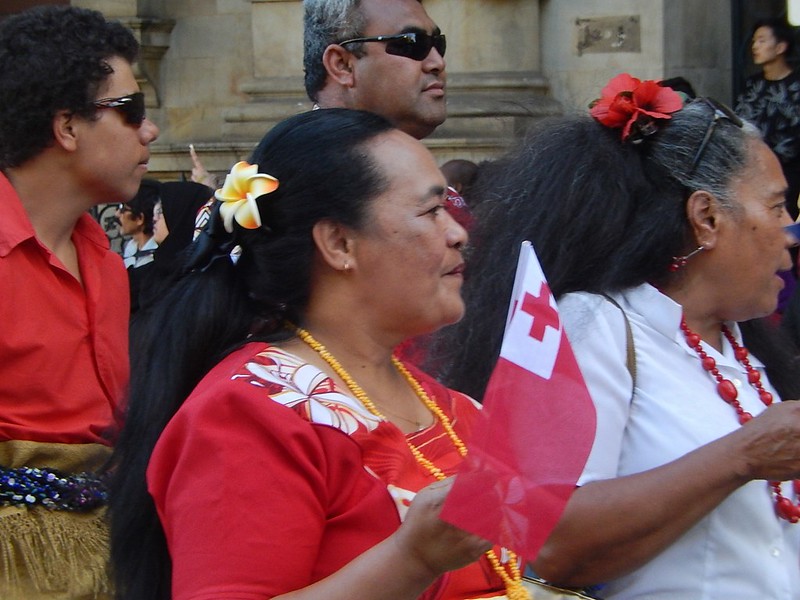
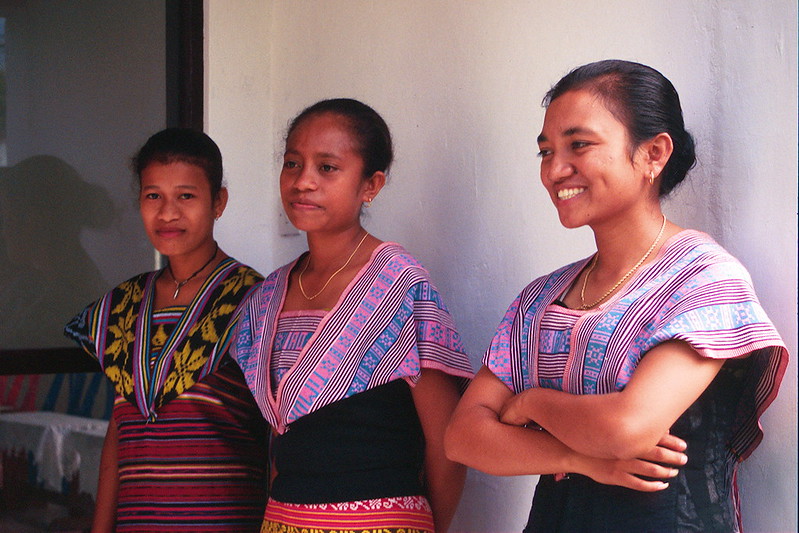
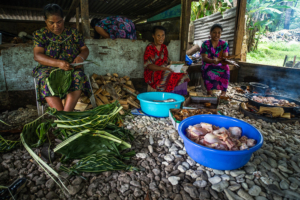
 When picturing Barbados many people imagine golden beaches and sunny skies, yet this is not always the reality. Barbados, located in the Caribbean Sea, is one of the many places in the world that still experiences gender inequality. According to the World Economic Forum, in Barbados, “
When picturing Barbados many people imagine golden beaches and sunny skies, yet this is not always the reality. Barbados, located in the Caribbean Sea, is one of the many places in the world that still experiences gender inequality. According to the World Economic Forum, in Barbados, “ Kazakhstan has taken several
Kazakhstan has taken several 


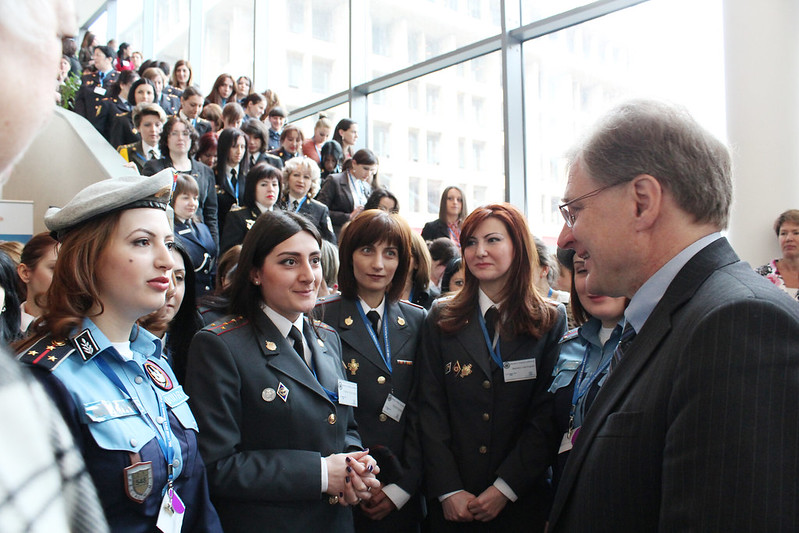 Traditional gender norms and stereotypes in Georgia have led to inequality between men and women. A lack of equality between men and women’s rights has led to issues such as a
Traditional gender norms and stereotypes in Georgia have led to inequality between men and women. A lack of equality between men and women’s rights has led to issues such as a 